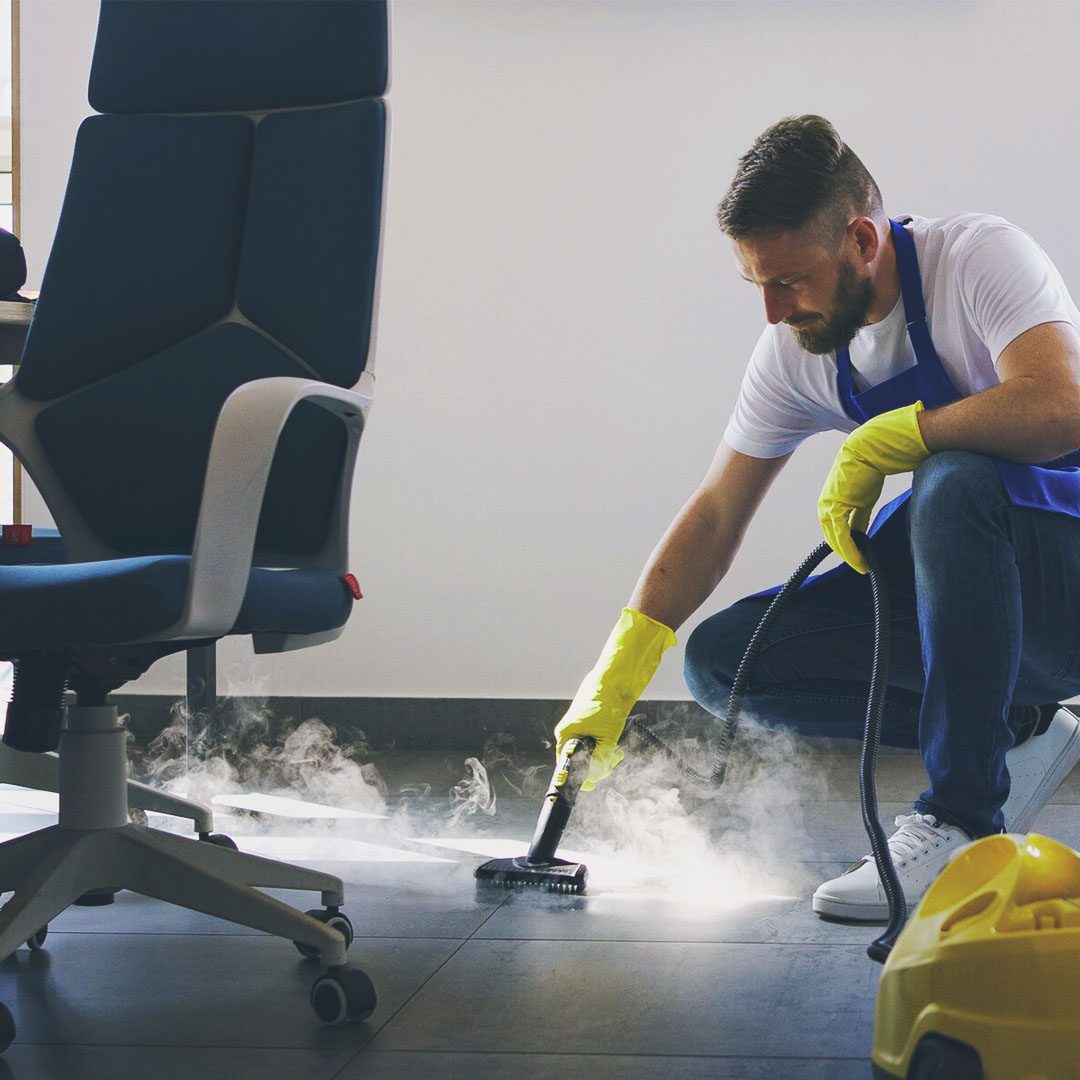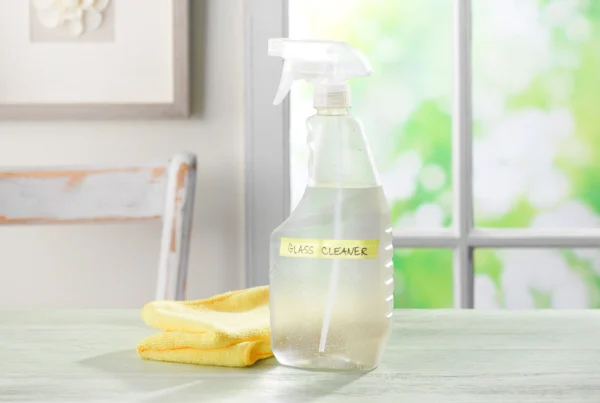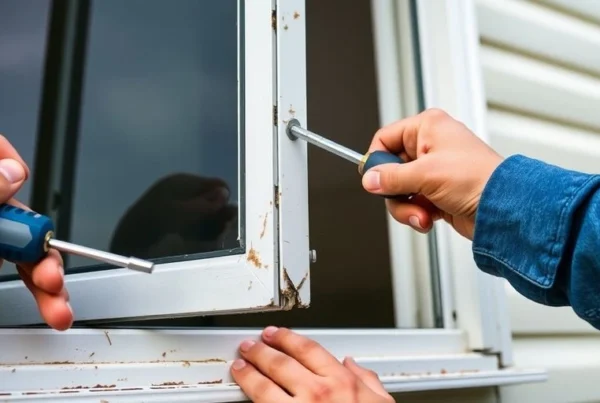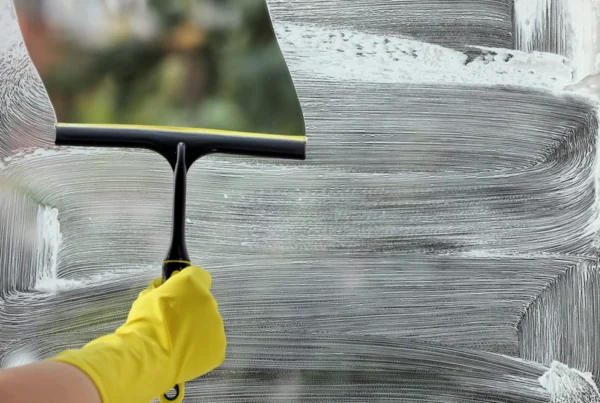How to Clean Window Screens Without Taking Them Out
Window screens are the unsung heroes of home comfort. They let in fresh air while keeping bugs and debris out, but over time, they collect layers of dust, pollen, and grime that can not only cloud your view but also lower your indoor air quality. Surprisingly, many people forget to clean their screens regularly, or avoid it entirely because they think it means taking the screens out. The good news? You don’t have to remove them to get them clean.
So, the question is: How do you clean screens in windows without removing them? This guide will walk you through both removable and in-place cleaning methods, explain why it’s essential to clean your screens regularly, and offer expert tips to make the job easier. Whether you’re managing seasonal allergies, trying to extend the life of your screens, or just want crystal-clear windows, these steps will help you get there.
Why Is Cleaning Window Screens Important?
It’s easy to overlook how much dirt a window screen can accumulate until a gust of wind sends a puff of dust into your living room. Dirty screens do more than block your view; they can actively make your home less healthy.
Here’s why screen cleaning should be on your regular maintenance list:
- Cleaner air: Dust, pollen, and other allergens collect on screens and can be pushed inside every time you open a window.
- Fewer respiratory issues: Mold spores and fine particles can contribute to allergies and sinus problems, especially in children or those with asthma.
- Better-looking windows: Even freshly washed windows will look dirty again if the screens covering them are grimy.
- Longer screen lifespan: Acids from organic material like pollen or salt in coastal areas can corrode the screen mesh over time.
- Pest prevention: Cleaner, intact screens are more likely to stay strong and keep out bugs.
Bottom line: Regular screen maintenance helps your home stay cleaner, healthier, and more attractive.
How Often Should You Clean Window Screens?
Most homeowners can get by cleaning their screens twice a year, once in the spring to remove winter dust and allergens, and once in the fall to get rid of summer debris and prepare for colder weather.
However, there are some situations where more frequent cleaning is recommended:
- You live in a dusty or windy climate
- Your home is near construction, farmland, or high-traffic areas
- You suffer from seasonal allergies
- There are visible signs of dirt, cobwebs, or mold
If any of the above applies, inspect your screens more regularly and consider cleaning them quarterly.
Materials Needed for Cleaning
Whether you’re removing the screens or cleaning them in place, you’ll need some basic supplies:
- Vacuum with soft brush attachment
- Spray bottle
- Warm water
- Dish soap or white vinegar
- Sponge or soft cloth
- Clean towel or rags
- Soft-bristled brush (optional)
- Optional: fan for drying
- Optional: face mask (if sensitive to dust or pollen)
With these simple items, you’re ready to tackle even the dirtiest screens.
Step-by-Step: How to Clean Removable Window Screens
While this article focuses on cleaning screens without removing them, it’s useful to know the full process for deep cleaning. If you do decide to take them out for a more thorough clean, follow these steps:
1. Remove the Screens
Gently lift and unclip each screen. Label them to ensure they return to their correct windows. Place them on a flat surface or prop them against a wall outdoors.
2. Vacuum the Screens
Use the vacuum with a brush attachment to remove loose dirt, pollen, cobwebs, and debris. Don’t forget to vacuum the grooves around the window frames.
3. Wash with Cleaning Solution
Mix a bucket of warm water with a few drops of dish soap or ¼ cup white vinegar. Use a sponge or soft brush to gently scrub both sides of the screen in circular motions.
4. Rinse
Rinse with a garden hose on a low-pressure setting or use the shower. Avoid high pressure, which can stretch or tear the mesh.
5. Dry
Towel off excess water and let the screens air-dry fully before reinstalling. Speed up drying with a fan if needed.
How to Clean Screens in Windows?
Not all screens are removable, and sometimes you just don’t have the time or space to take them out. Fortunately, it’s still possible to clean them thoroughly while they’re in place.
Step 1: Vacuum
Start by vacuuming the screen using the soft-bristled attachment. Run the vacuum gently across the screen surface to lift off loose debris and cobwebs. Be sure to clean the corners and edges where dirt tends to collect.
Step 2: Spray and Wipe
Fill a spray bottle with warm water and a few drops of dish soap or vinegar. Spray the solution onto the screen (from inside or outside, depending on access). Using a sponge or microfiber cloth, gently wipe in circular motions. Avoid pressing too hard, which can stretch or warp the screen.
Step 3: Rinse
Use a second spray bottle with clean water to rinse off the soapy residue. If outside, you can use a hose with a very gentle setting. Be cautious not to use excessive water pressure.
Step 4: Dry
Blot with a clean towel or let air-dry. Pointing a fan at the screen can help dry it faster and prevent mildew.
Step 5: Clean the Frame
While you’re at it, wipe down the window frame using the same cleaning solution. For stubborn grime or rust stains, a paste made of baking soda and water can be effective.
How to Clean Mold Off Screens?
Mold can be more than just an eyesore can contribute to allergies, respiratory problems, and lingering odors. Screens exposed to moisture, like those near kitchens, bathrooms, or shady outdoor areas, are particularly vulnerable.
Step 1: Make a Cleaning Solution
Mix equal parts white vinegar and water in a spray bottle. Vinegar is a natural mold killer and safe for most screen materials.
Step 2: Apply the Solution
Spray generously on the moldy area. Let the solution sit for 10–15 minutes to break down the mold.
Step 3: Scrub
Use a soft-bristled brush or sponge to gently scrub the affected spots. Work in small circular motions and avoid pressing too hard.
Step 4: Rinse and Dry
Rinse the screen thoroughly with clean water and allow it to dry completely in sunlight if possible. Sunlight helps prevent mold from returning.
Tips for Ongoing Screen Maintenance
- Clean your screens when you clean your windows; this prevents grime from transferring between the two.
- Use allergy-reducing screens with finer mesh if you’re sensitive to pollen.
- Keep windows closed during early mornings, rainy days, and high-humidity periods to minimize dirt and moisture.
- Inspect your screens regularly for small tears, corrosion, or buildup. Catching damage early can save you from expensive replacements.
- Avoid harsh scrubbing or pressure washers; these can damage the mesh or frame.
Trust ProClean to Handle the Dirty Work
If cleaning window screens sounds like a lot of effort, or if you’re dealing with stubborn mold, hard-to-reach windows, or just don’t have the time, ProClean’s House Cleaning Surrey team is here to help.
Our professional screen and window cleaning services are fast, effective, and affordable. We use gentle, high-quality methods that protect your screens while removing harmful dust, allergens, and mold. Whether your screens are removable or not, we’ve got the tools and expertise to leave them spotless.
Let us improve your indoor air quality and restore your view, without any of the hassle.
Call ProClean today to schedule your service and give your home the refresh it deserves.
Follow us on our socials here:
Find out more articles that can help you below:
How to Clean Window Screens Without Removing Them
Why Hire a Professional Window Cleaner





